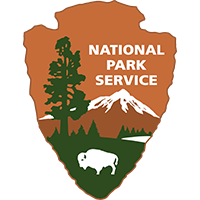Mapping Spatiotemporal Changes in Critical Habitat
Although the International Union on Conservation of Nature (IUCN) lists the Egyptian tortoise (Testudo Kleinmanni) as critically endangered, it is the least studied tortoise species in the Mediterranean basin.








